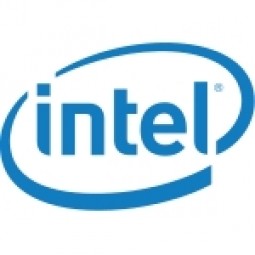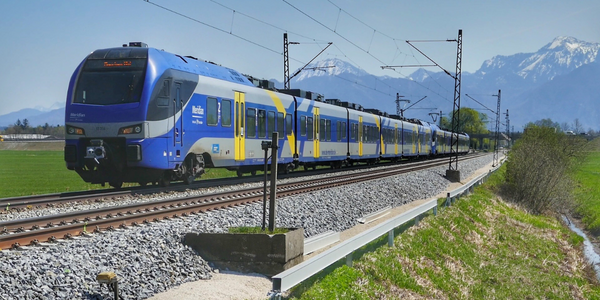Intel
Case Studies
Connected Transportation: A Smarter Brain for Your Train with Intel
Overview
 |
Connected Transportation: A Smarter Brain for Your Train with IntelIntel |

|
Analytics & Modeling - Real Time Analytics Application Infrastructure & Middleware - Data Exchange & Integration Application Infrastructure & Middleware - Database Management & Storage Functional Applications - Remote Monitoring & Control Systems Networks & Connectivity - Cellular Sensors - Camera / Video Systems Sensors - Temperature Sensors Sensors - Vibration Sensors | |
Railway & Metro | |
Business Operation | |
Asset Health Management (AHM) | |
Operational Impact
| [Data Management - Real Time Data Analysis] Smarter, faster decision making.Sensor data is analyzed immediately, so time-sensitive decisions can be made without the delays associated with transferring high-volume data to a centralized data center (an inherently slow process that can be further disrupted in remote locations where cellular service is unavailable). Operators can detect and respond to issues instantly, before they escalate into more serious problems. | |
| [Cost Reduction - Data Management] Efficient, low-cost data transmission.Since sensor data is filtered and analyzed on-board, only critical alerts and other small messages need to be sent over costly cellular connections. High-volume data transfers are performed at stations to take advantage of fast, low-cost Wi-Fi connections. Given the size of the data sets, the savings can be substantial. | |
| [Efficiency Improvement - Management] Simpler and more efficient management.Intel processors are designed to enable efficient remote management of the computing platform using proven tools and methods. GoLINC extends these advantages. As one example, hot-swap modules allow for simple, non-disruptive replacements and upgrades, so even a hardware failure can typically be resolved in seconds. | |


